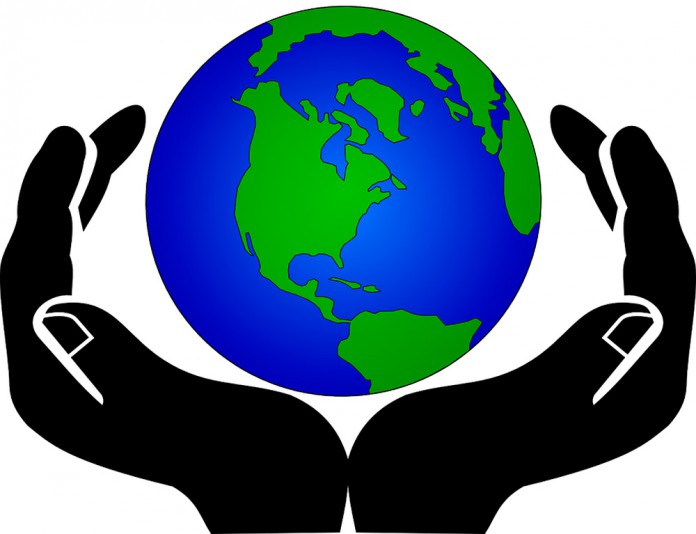Jack Betz
April 22 was Earth Day. It’s safe to assume that to many, it passed without notice.
Earth Day originated in the aftermath of the infamous 1969 oil spill off the coast of Santa Barbara. It was part of a wave of environmental movements that swept across the country leading to the creation of organizations such as the Environmental Protection Agency and the birth of the University of California, Santa Barbara’s own environmental studies program. At the time, the public response was monumental, but now Earth Day has dwindled into a fragile symbol.
At a glance it seems to have become a day for schoolchildren to cut out construction paper trees and rivers and make art from recycled plastic bottles. It’s a day where we switch out our incandescent light bulbs for LEDs, avoid red meat and take shorter showers.
Unfortunately, these small-scale individual actions do little more than make us feel environmentally conscious and pleased with ourselves. It’s a drop in the bucket. If everyone in the U.S. were to reduce their energy use by one percent, for instance, we’d still be running at ninety-nine percent of the national norm. The one percent cuts don’t stack up. To make significant change, larger actions must be taken.
The glaring issue, however, is the transitory nature. This seems obvious, but it has to be said: caring for the Earth shouldn’t be limited to a span of 24 hours. People ought to act as they do on April 22 everyday of the year.
Despite the apparent futility of Earth Day, I find myself inescapably drawn to defend it. As an environmental studies major, the majority of the material I am presented with is utterly bleak and the barrage is constant. I bought a book for class last fall by Danny Chivers entitled “The No-Nonsense Guide to Climate Change.” It came with a warning written by the author that the material would take serious time to digest due to the magnitude of its somber truthfulness. The notice was well-needed.
Winter quarter, a guest speaker for Environmental Studies 190 rattled off a depressing statistic in the middle of his lecture. This was nothing out of the ordinary. What was strange was what came after — he laughed. Looking at us, he then said, “I have to laugh about it otherwise I’d be crying all the time.” You could hear a pin drop in the silence that followed. The methods of coping are as varied as the issues that call for it. I happen to share in the speaker’s mentality. I joke about it. It is all too easy to get lost in the disheartening muddle when the proportion of problems to solutions always seems to slope towards the prior.
While heavily and brutally outweighed, hope does shine through and not solely as an abstraction. At times its presence may seem few and far between, but it is there, and it is enduring. Bold progress is being made, but its often hidden in the shadow of our environmental calamities and offenses.
This April 22, President Obama signed the Paris Agreement drafted in France at the 21st Conference of the Parties. Without going into detail, the agreement is a non-binding pledge by 176 nations and the European Union to limit global warming to two degrees Celsius. While critics call the agreement insufficient, it may be turning point in the fight against climate change.
Earth Day, in many ways, mirrors the Paris Agreement. It’s inadequate, delicate and forgettable, but in this desolate night, every step forward is a step in the right direction. Earth Day is not what it once was, but it is crucial that it survives. It is a flag for the environmental movement, a signifier that all is not lost. It is a beacon that shines brighter when darkness envelopes.
The prolific poet and environmentalist Wendell Berry wrote that “there are no unsacred places;/there are only sacred places/and desecrated places.” Take Earth Day not as a triviality but rather as a reaffirmation of confidence that we can relearn to respect our planet as sacred.











